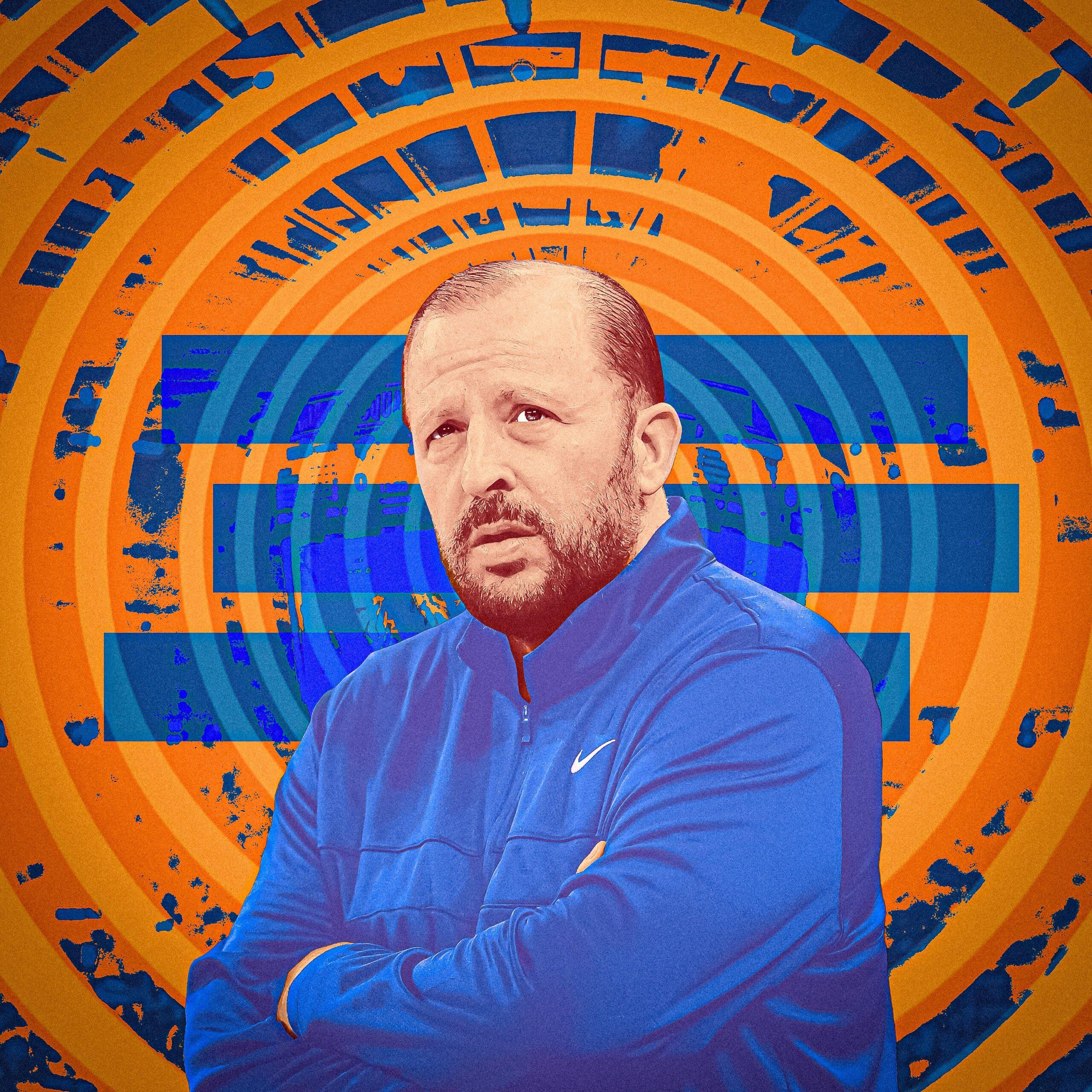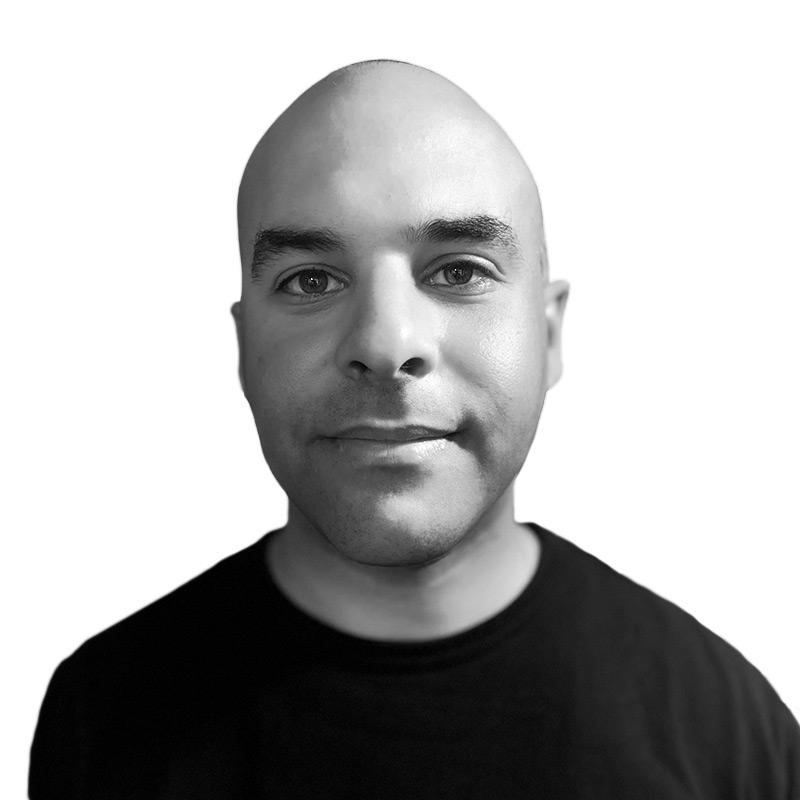
The NBA playoffs are, broadly speaking, a Sisyphean exercise, and for the past seven weeks no team felt it more than the New York Knicks. They toed a thin line between joy and pain, fortitude and humility, enjoying some of the most incredible comeback wins you’ll ever see and then suffering through one of the most gut-wrenching meltdowns in league history.
They barely squeaked by the Detroit Pistons, slayed the defending champion Boston Celtics, and then finally ran out of gas against the Indiana Pacers, for the second season in a row—this time in the conference finals. People can debate how good this team really was, whether championship expectations were ever that realistic. It’s hard, though, to zoom all the way out and not see them as resilient overachievers.
On Tuesday, that perception curdled when New York abruptly fired Tom Thibodeau, a coach whose fingerprints were all over the Knicks’ deepest playoff run in 25 years—along with so much of the incremental growth that transpired over the past few seasons to make it possible.
There’s a world in which this decision works out well for New York; a scenario in which a more open-minded, strategically adaptable people person comes in and leads pretty much the same roster to even higher ground. It’s all technically possible, and we’ve seen it before, pending myriad unknowable variables, a bunch of luck, and the tactical wherewithal of whoever becomes the Knicks’ next head coach.
The reactionary nature of this move, though, is reminiscent of everything that came before Leon Rose was hired as Knicks president in 2020. When Rose was brought in, his first move was to tab Thibs as head coach, which then led to the most successful Knicks era in multiple generations. Thibodeau just led the Knicks to back-to-back 50-win seasons for the first time since the ’90s. But now we’re seeing a pinch of impatience. A dash of dysfunction. A sprinkle of self-sabotage. Thibodeau has his flaws, but he was also the essential stabilizing force this organization hadn’t had since the 1990s, when Jeff Van Gundy—and Pat Riley before him—walked up and down Madison Square Garden’s sideline.
Initial reports after New York was eliminated last week indicated that Rose had Thibodeau’s back. But not even 48 hours later, Rose released a statement through the team’s PR department and confirmed the contrary. So what happened in that window? It’s not hard to connect the dots back to James Dolan—ESPN’s Shams Charania said as much on television on Tuesday—which is as disheartening as it is predictable. A well-tempered owner who leaves basketball decisions up to basketball decision-makers would not do this. But those who remember how embarrassing and retrograde basketball was in New York before the Thibodeau era began are sadly nodding their heads.
We don’t have time to cover 20-plus years of futility and rejection here, but from 2014 to 2020 the Knicks were 184-374—a putrid 33.0 winning percentage that ranked dead last out of 30 teams. This was a raging dumpster fire of a franchise that played zero postseason games and employed six head coaches (Mike Woodson, Derek Fisher, Kurt Rambis, Jeff Hornacek, David Fizdale, and Mike Miller) over seven years. Then: Thibs! New York won 20 more games than the previous season when he came aboard. It jumped from 23rd to fourth in defensive rating, earning Thibodeau his second Coach of the Year trophy. Only seven teams won more games during his five-year tenure with the Knicks, and four of them (Boston, Denver, Milwaukee, and Golden State) won a championship. The guy clearly knows what he’s doing, and what he was doing brought the Knicks back to relevancy.
The case for letting Thibs go now essentially boils down to a belief that the inherent stubbornness that helps him raise just about any group’s floor can also lower its ceiling. He knows what it takes to win in the NBA, but (according to his noisiest detractors) can’t see the forest through the trees when it’s time for a philosophical shift. Rigidity can be extremely frustrating when absorbed for half a decade. His style is grating, rigorous, and, often to his own players, unreasonable. He played his starting lineup 226 more minutes than any other five-man unit in the NBA this season. Mikal Bridges and Josh Hart finished first and second in total minutes, and OG Anunoby was ninth. The rotation was tighter than most and every regular-season game was treated as a contest that had to be won instead of an opportunity for self-examination.
In reality, coaches who oversee a team that’s built to contend usually spend October through March tinkering with different lineups and combinations, trying stuff out just to see what works and doesn’t, with the long view in mind.
As the rest of the league treasures versatility and switch-heavy schemes, Thibodeau’s Knicks routinely finished last (or near it) in the percentage of picks that see a screener’s defender switch onto the ball. That’s not a death knell, but speaks to a level of inflexibility—either with the team’s personnel or his own steadfast conviction—that can cause problems when the rubber meets the road and adjustments become mandatory.
But the Knicks did switch a ton in the playoffs against matchups that demanded it. Thibodeau did expand his rotation and alter his starting lineup when it was needed. To look at this particular situation and the job he did during this specific run, then believe he was the reason New York fell short, is a little silly. “Our organization is singularly focused on winning a championship for our fans” is how the Knicks’ statement began. Some of the criticism of Thibs is fair, but it should also be acknowledged he squeezed more than enough juice from every imperfect roster he was paid to lead.
The Knicks finally tasted real success this year, with Karl-Anthony Towns awkwardly entering the fray right before training camp began, and the immediate response to making a miraculous run to the Eastern Conference finals is self-entitled regression? Why? What was the expectation before these playoffs even started? Championship or bust? With a flawed roster that was spread thin and won more games than anyone believed they would?
It’s easy to frame Thibodeau as a hindrance because he can always be replaced. Towns and Jalen Brunson are awesome, All-NBA talents in the prime of their careers. At the same time their individual weaknesses—as two of the worst defenders in the league at their respective positions—are amplified when they share the court. It’s a limiting dilemma Thibodeau tried to solve by keeping one on the bench during the fourth quarter of a couple of big games. And it might’ve worked had Aaron Nesmith never had an out-of-body experience.
There was absolutely nothing wrong with keeping Thibodeau, running it back with the same core, and then using the $5.6 million taxpayer midlevel exception to add one more rotation player. Spencer Dinwiddie, Jake LaRavia, Al Horford, Trey Lyles, Kelly Oubre Jr., Chris Paul, Luke Kennard, and Tyus Jones are just a few names expected to be available at that number who might work and could bolster New York’s rotation.
Again, the decision to fire Thibodeau could work out, depending on who is hired to coach New York next and how the players react. It’s more likely, though, with the benefit of hindsight, that this move will be remembered as malpractice. Sometimes you move on from a head coach and watch their replacement implement a new system that infuses life into the same group. And sometimes you’re smacked with regret after failing to realize how good things really were until you shoved one of the biggest reasons for your success right out the door.

